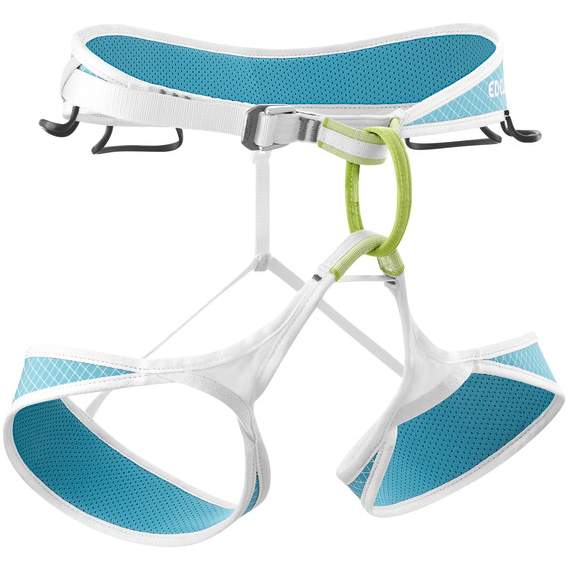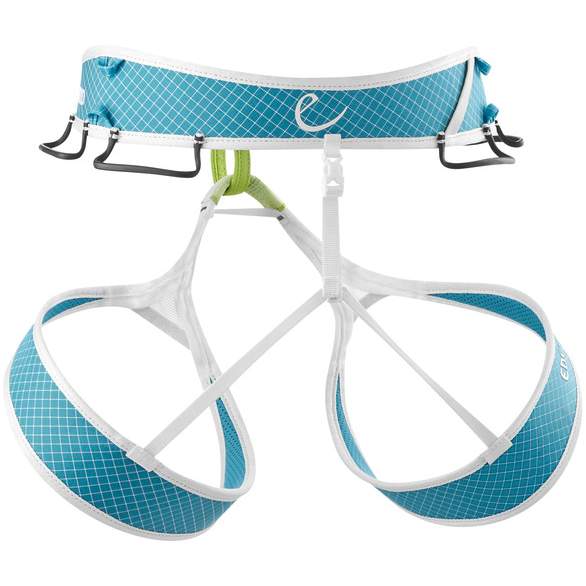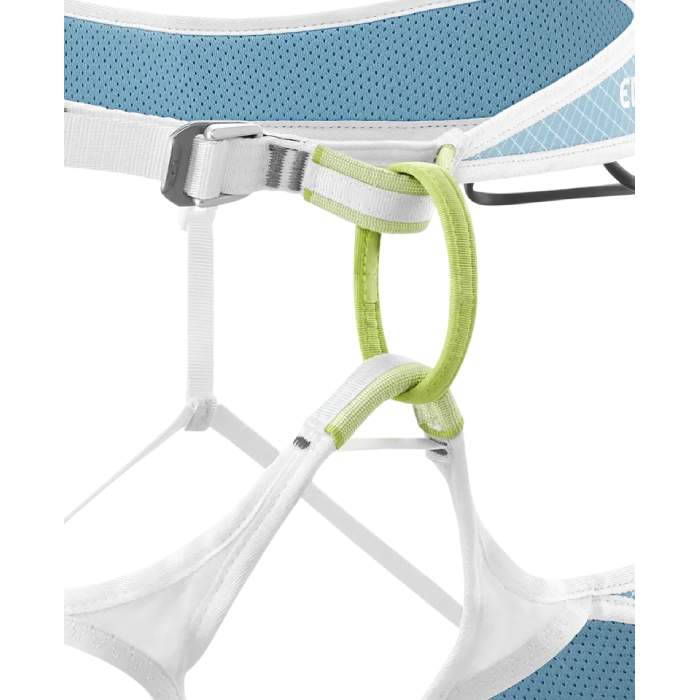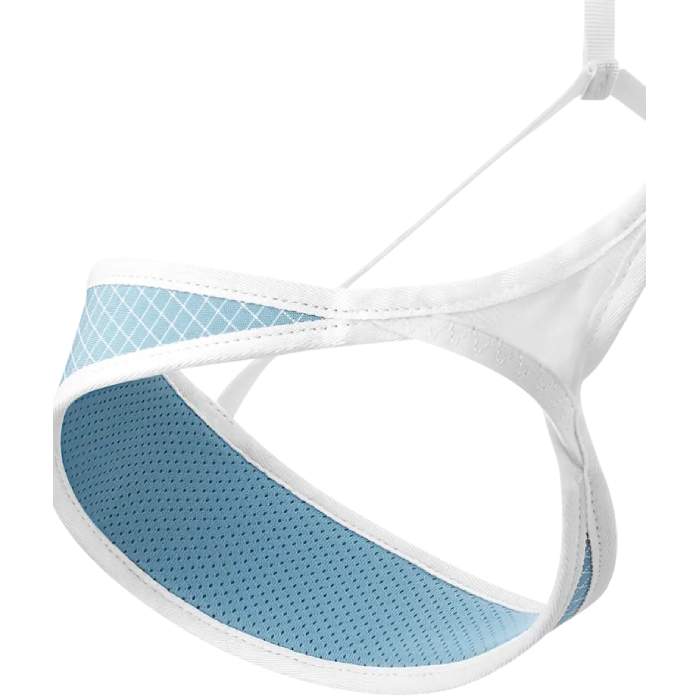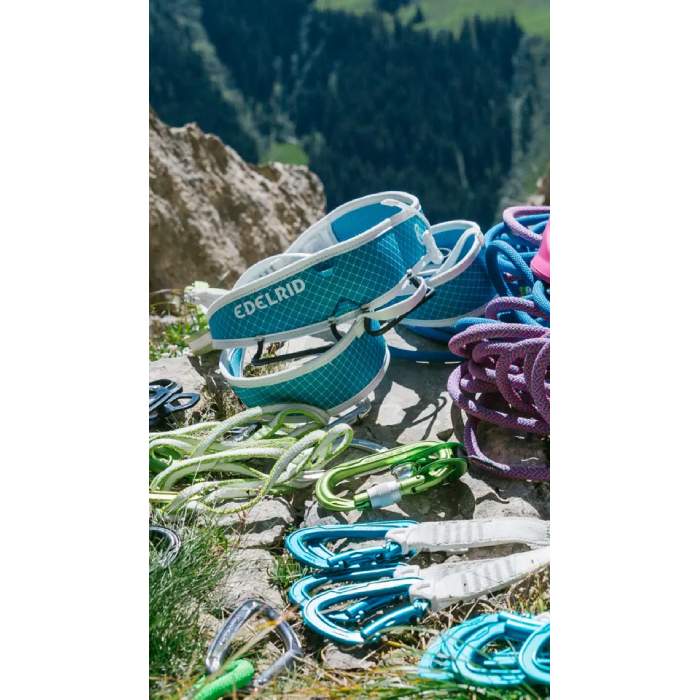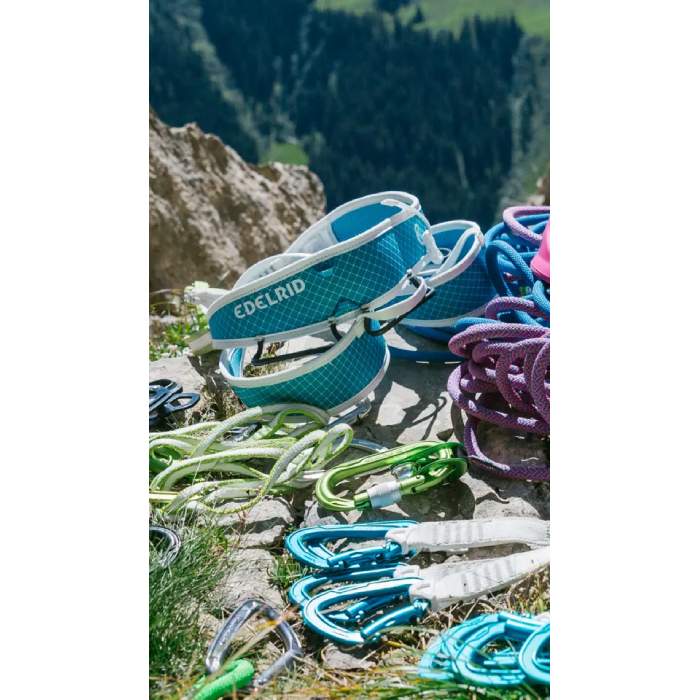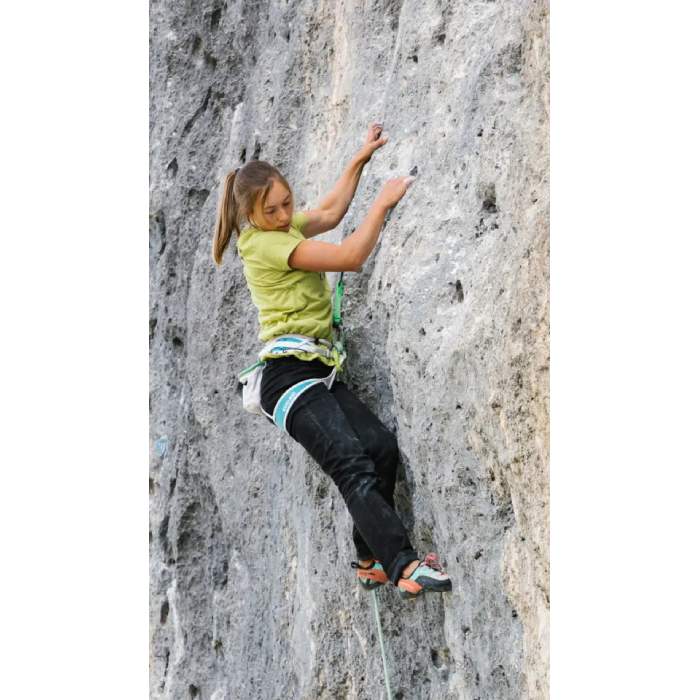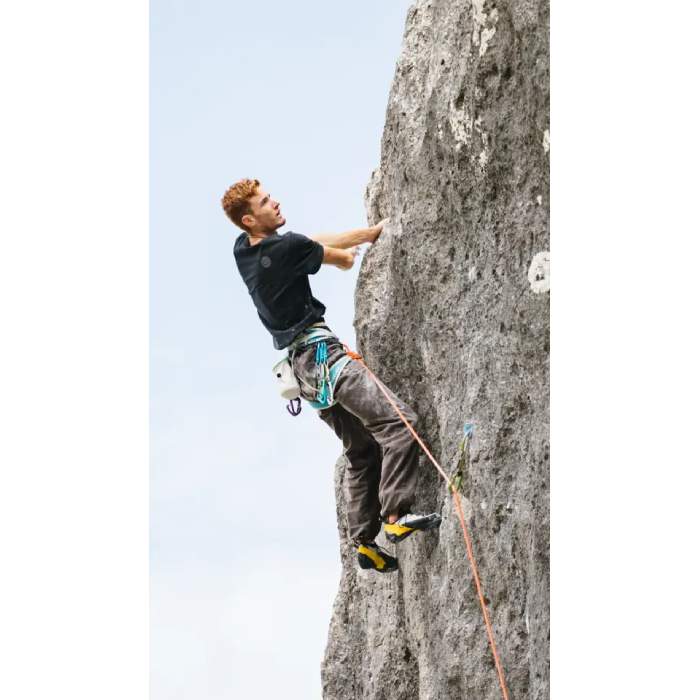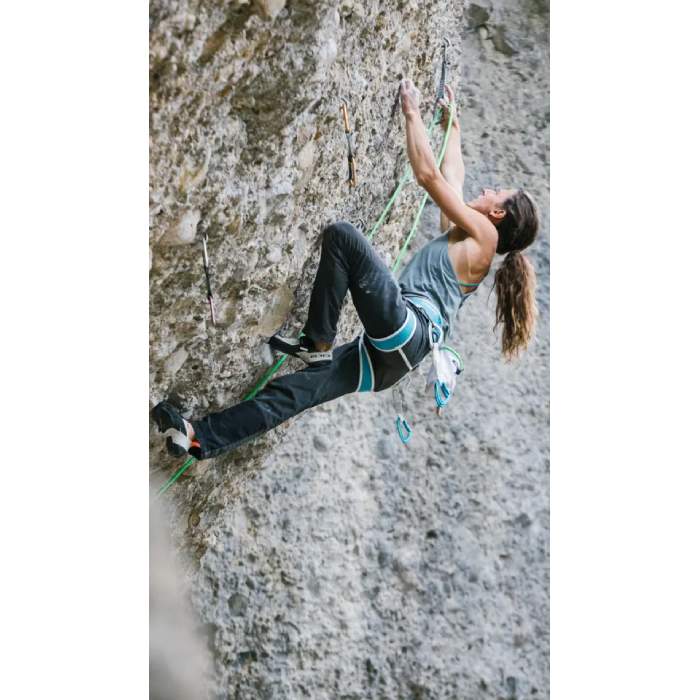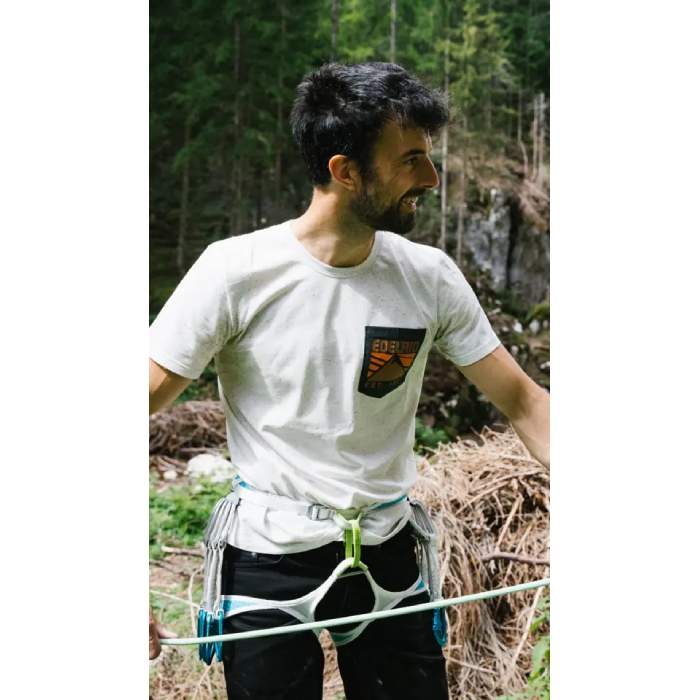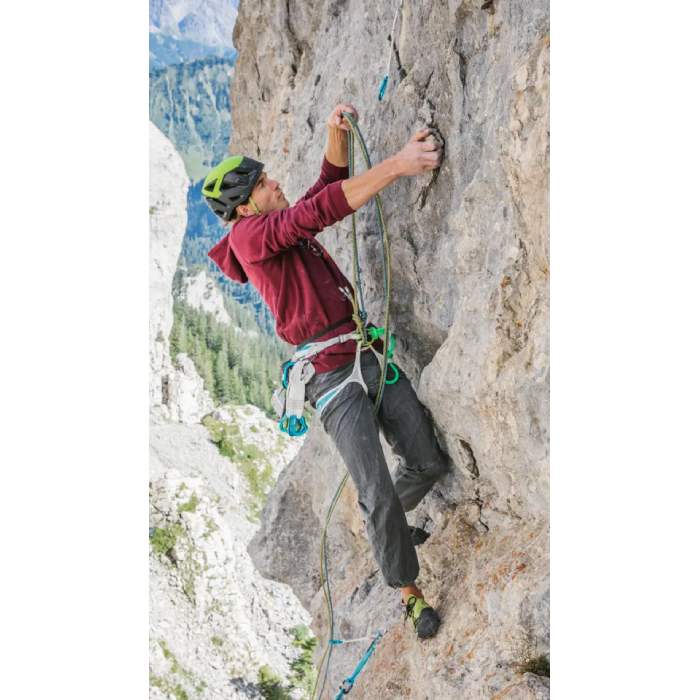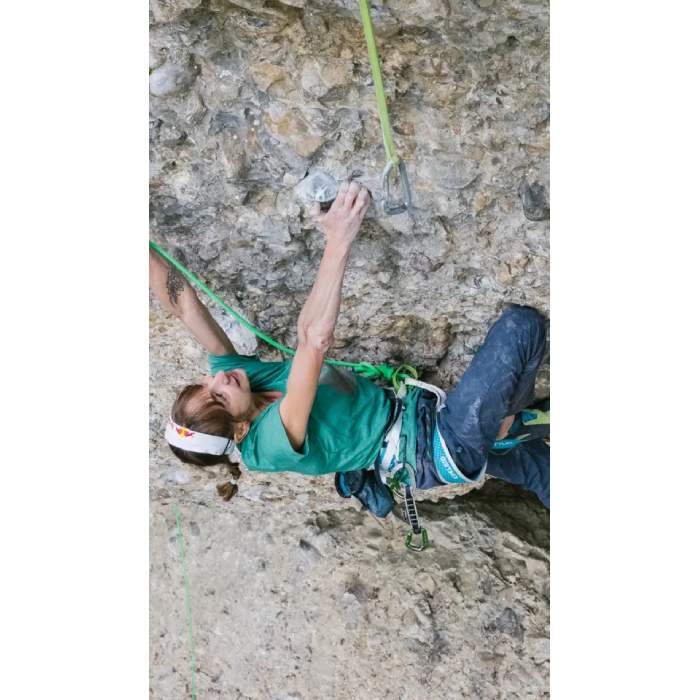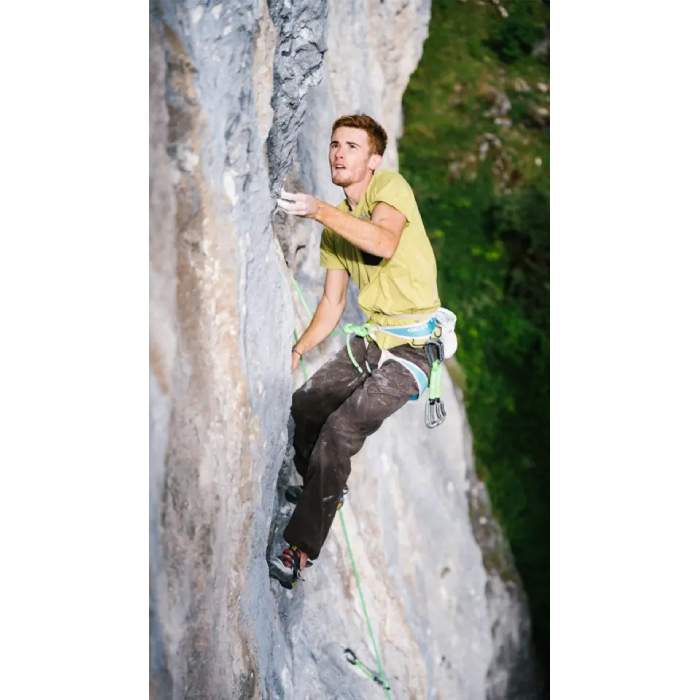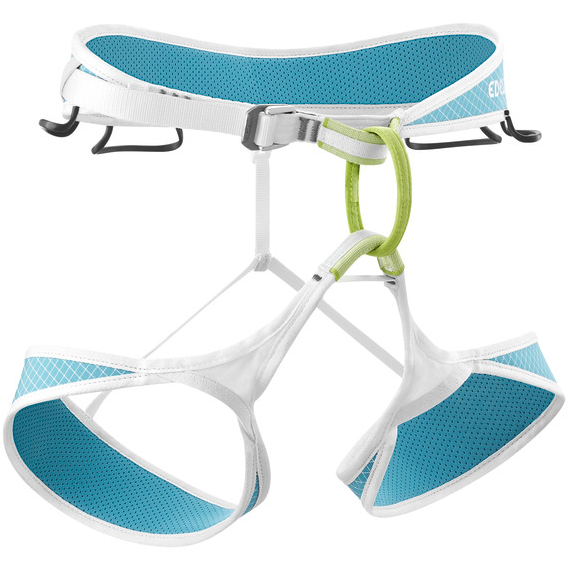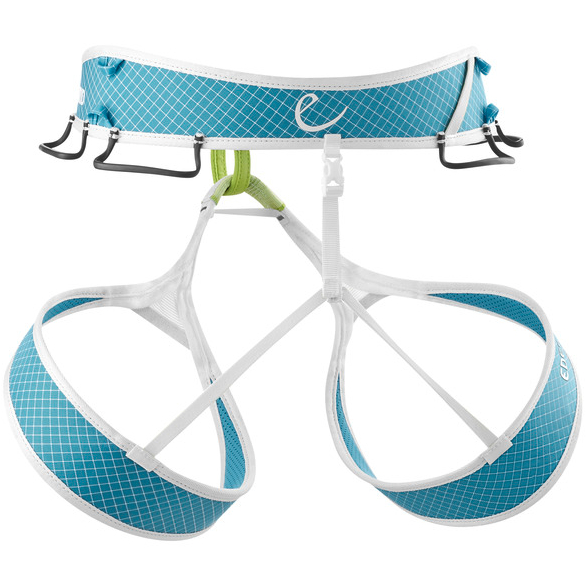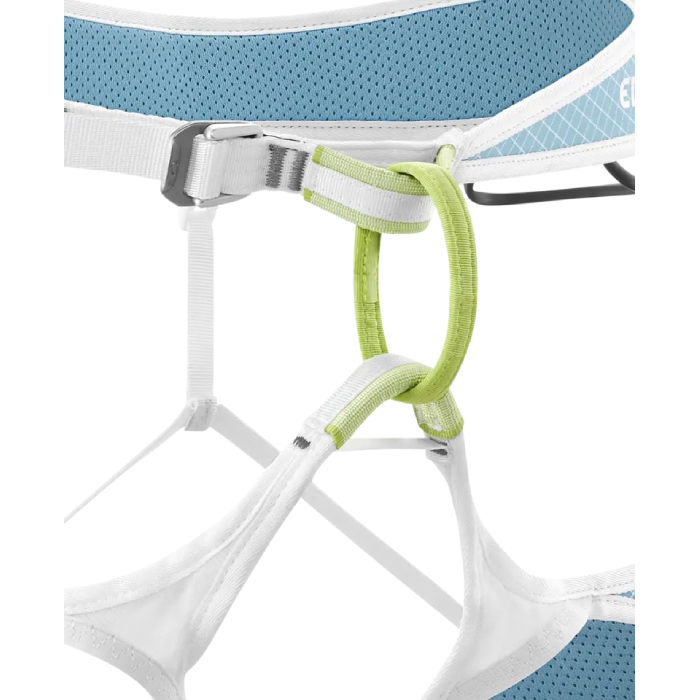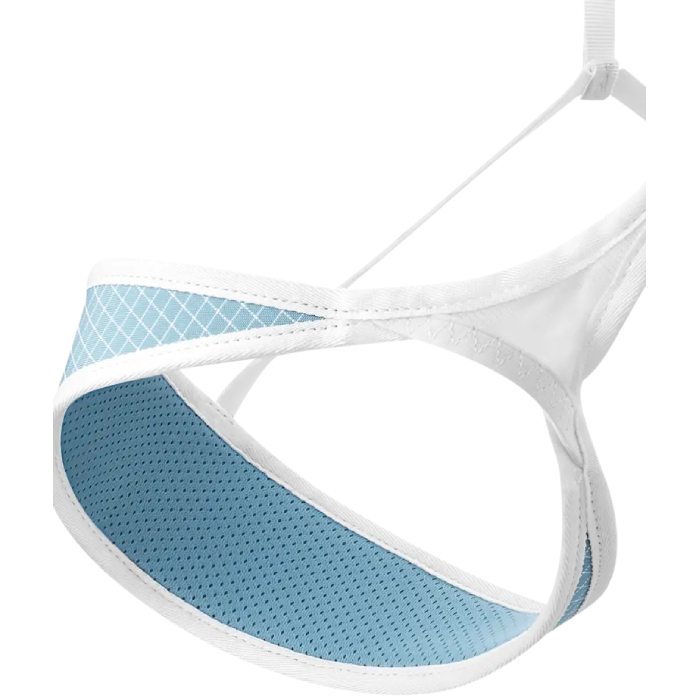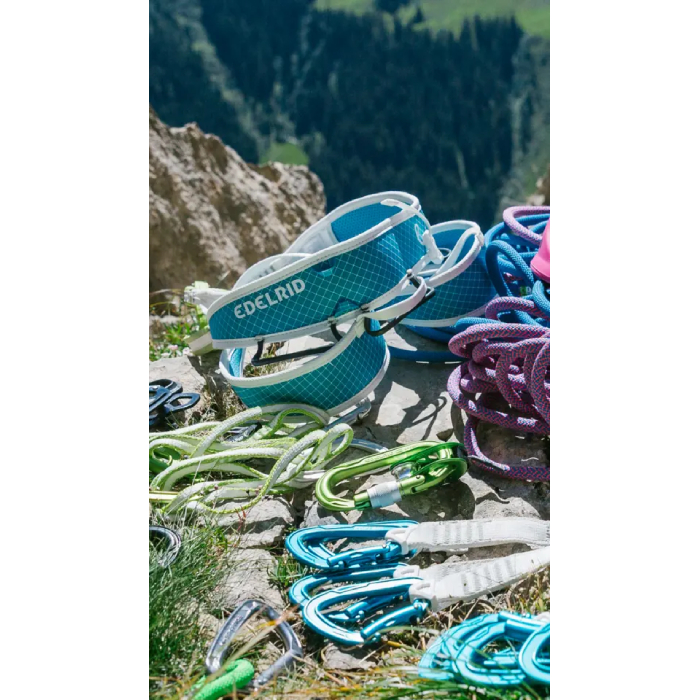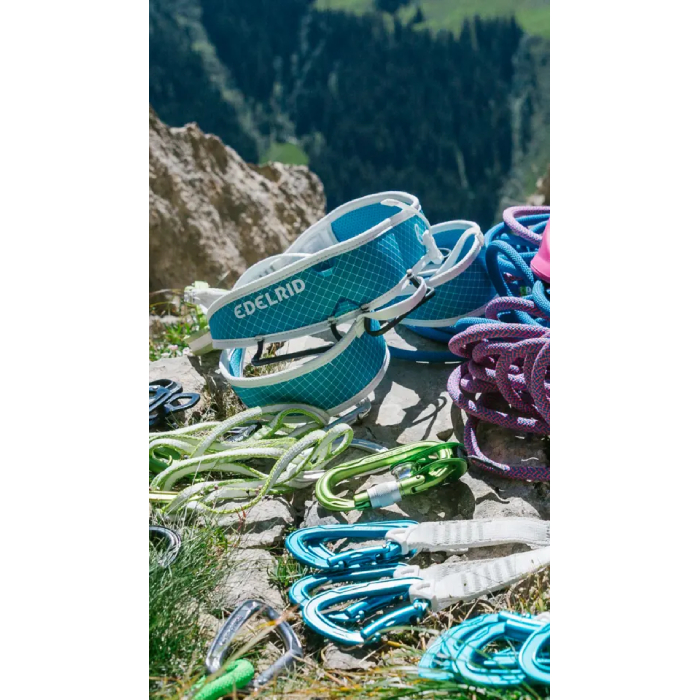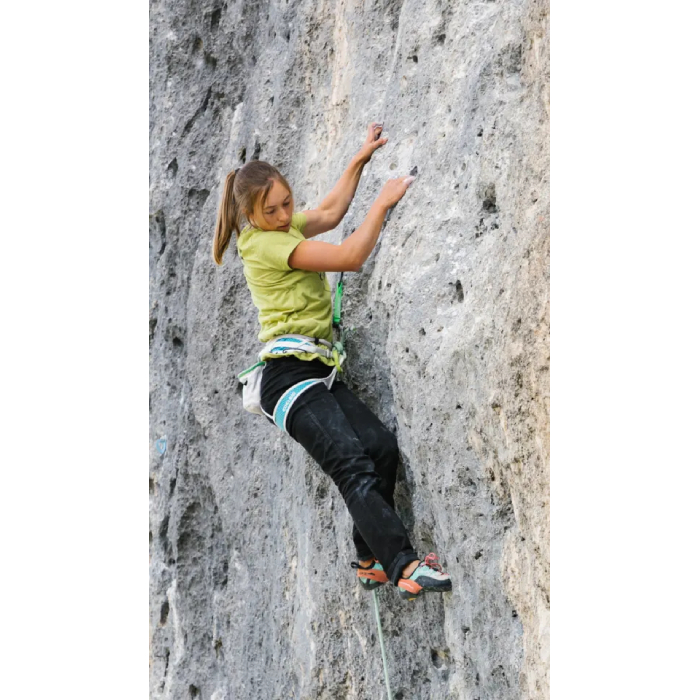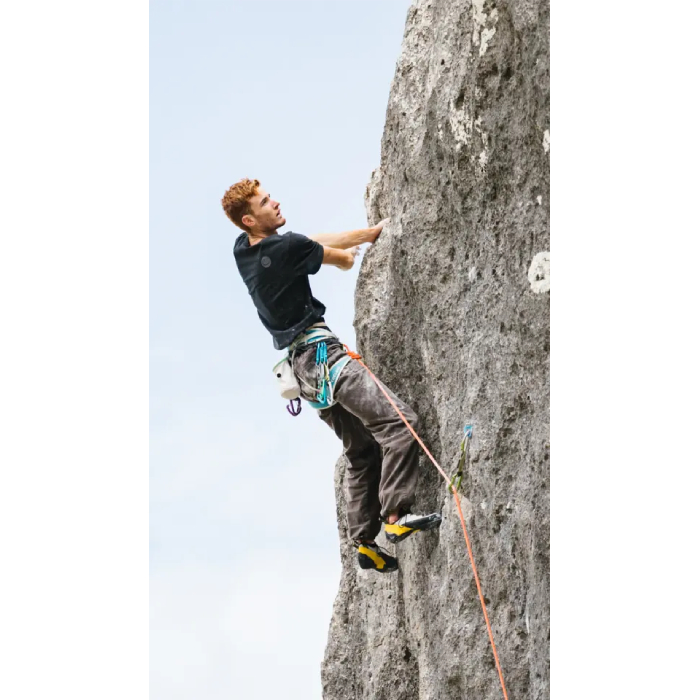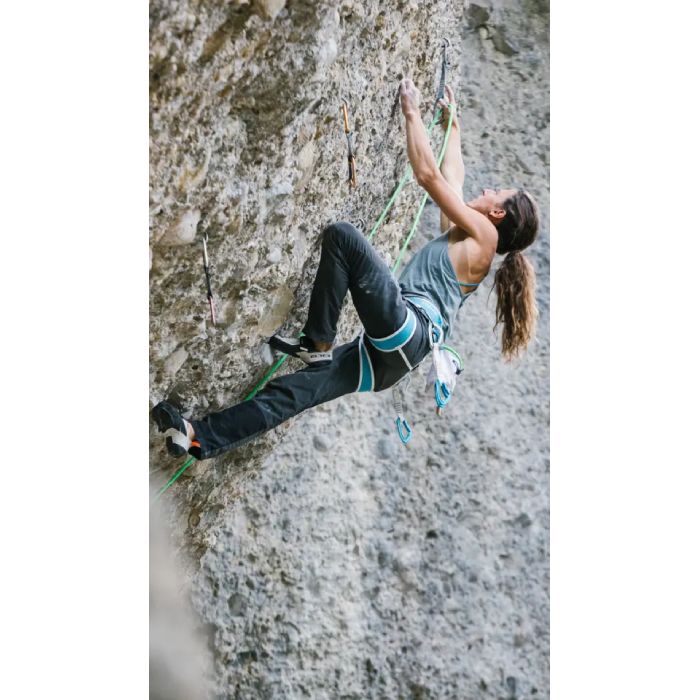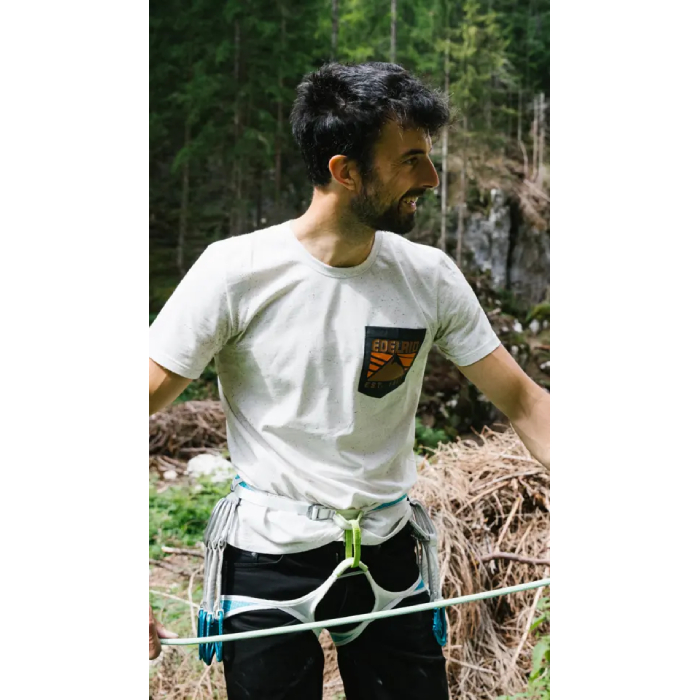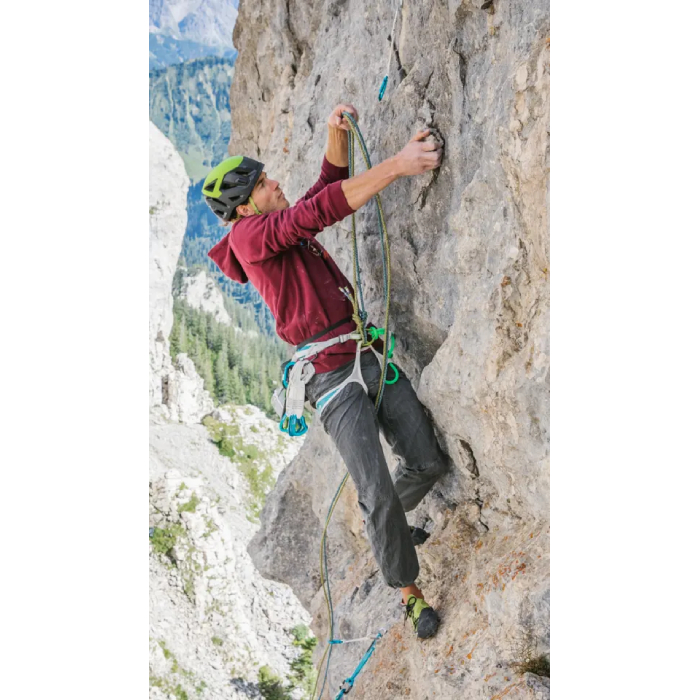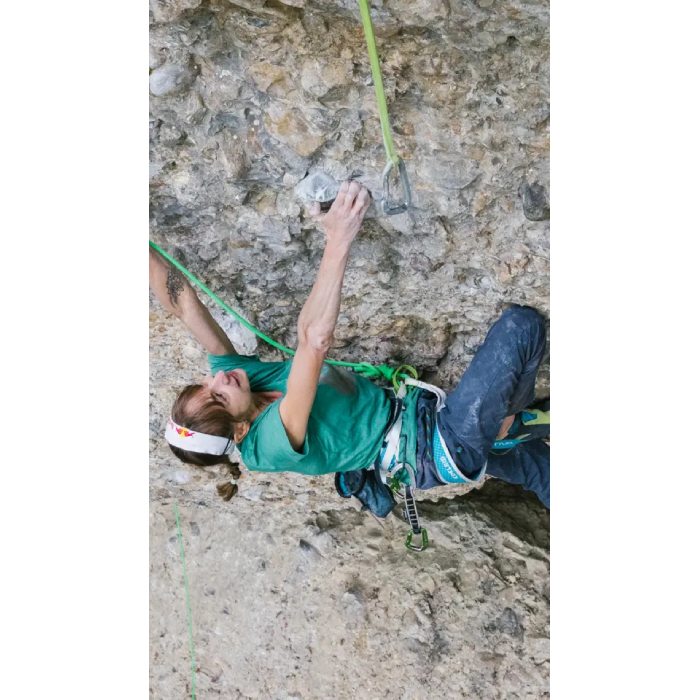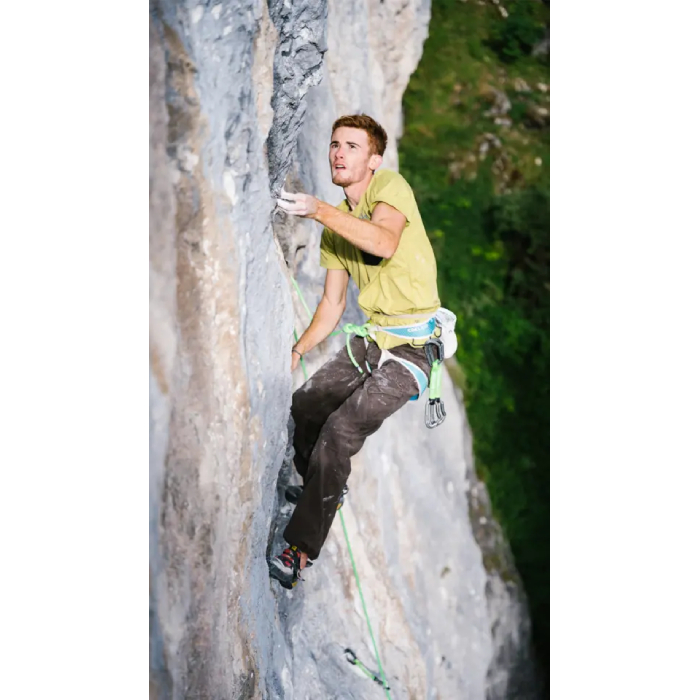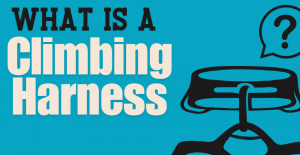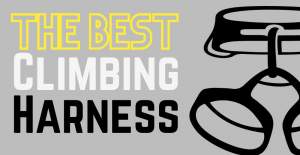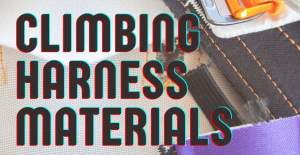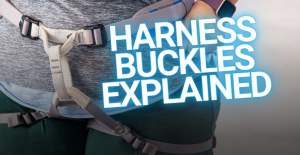Sizing Chart for all Mens, Womens, and Childrens Harnesses
Prisma
Description
- 20 mm Slide Block buckle on the waist belt can be fully opened for a comfortable and secure harness fit
- Light frame construction: minimal weight and good air permeability thanks to the continuous edge bindings made from Dyneema®, which proportionately distribute the load
Retail price
When you click a link below and then checkout online, no matter what you buy (climbing gear or not), we get a small commission that helps us keep this site up-to-date. Thanks!
Weight (g)  | 163 g XS: 154 g / 5.4 oz
S: 160 g / 5.6 oz
M: 163 g / 5.8 oz
L: 170 g / 6.0 oz
(weight converted from grams to ounces)
|
| Fit | Unisex |
| Sizes | XS, S, M, L, XL, XXL |
Gear Loops  | 4 Gear loops |
Ice Clip Slots  | Yes, 2 |
| Belay / Tie-In | One Loop |
| Waist Buckle Type | Quick Adjust |
| Leg Buckle Type | None (it stretches) |
| Drop Seat | Yes |
Haul Loop  | No |
| Certification | CE, EN |
| Size Chart | XS
Waist : 67-82 cm / 26.3-32.2 in
Legs : 51-54 cm / 20.1-21.3 in S
Waist : 71-86 cm / 28-33.9 in
Legs : 51-54 cm / 20.1-21.3 in M
Waist : 78-93 cm / 30.7-36.6 in
Legs : 55-58 cm / 21.6-22.8 in L (will fit most XL and the lower range of XXL)
Waist : 85-100 cm / 33.5-39.4 in
Legs : 59-62 cm / 24.8-26 in (we converted centimeters to inches) |
No reviews yet.
Any downsides of this harness? Well, just one really. The gear loops. It has 4 gear loops, 2 on each side, both of which are well placed. However, they are annoyingly tiny, unless you have only a few clean nosed quickdraws (normal karabiners snag very easily). It seems a shame that it doesn’t have 4 slightly bigger, fatter gear loops which would mean racking and organising gear (even just a big rack of quickdraws) would be simple.
How to use Edelrid Harness, safety, lifespan, storage and care with instructional pictures.
A pictoral representation of UIAA-105 and EN-12277 standards for harnesses.
The UIAA equipment standard provides a baseline for equipment performance in a test lab under controlled conditions on new equipment. Although these test conditions are relevant to the conditions encountered climbing, conditions encountered at the crags and the condition of the equipment are equally important. This recommendation from the UIAA member federation The British Mountaineering Council (BMC) provides vital equipment information that is NOT explicitly addressed in the standard, particularly failure modes of the equipment and recommendations for the use, inspection, maintenance, and retirement of equipment.


